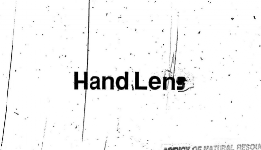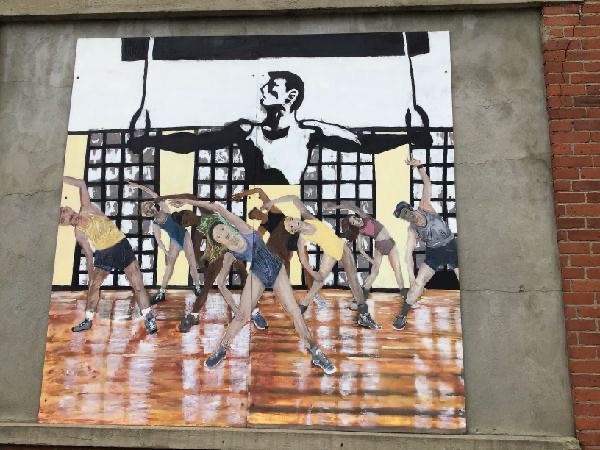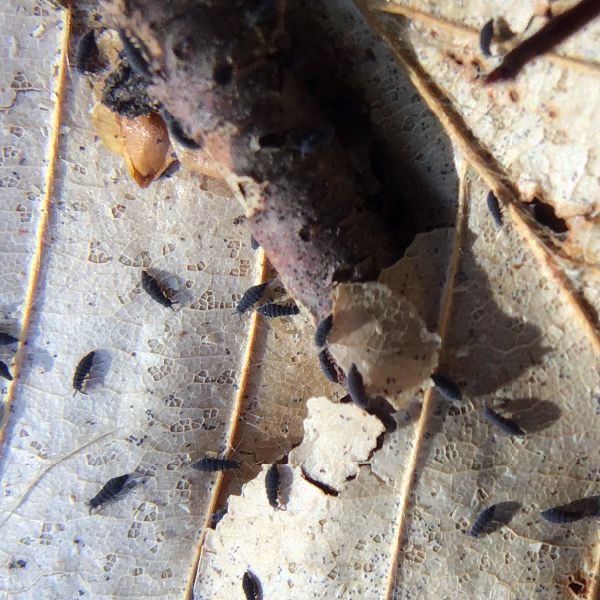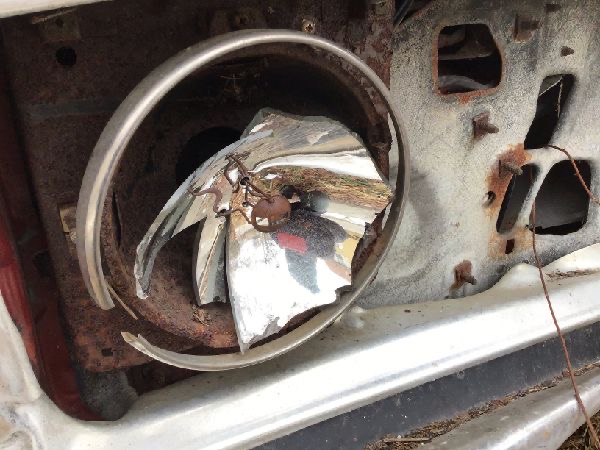
Issue №2: Demolished
by W.L.
——

Save for the pre-kindergarten expansion and the school budget, each article on the town ballot earlier this month passed—including one providing permission to use funds the town had received for accepting a state correctional facility to tear down the old Jones and Lamson machine shop. Typical of the town’s vacant industrial buildings, it had languished so long in neglect as the Jones and Lamson assets were shuffled from owner to absentee owner that by the time the town (or more properly, the regional development commission) took ownership, nothing short of an ambitious and well-funded project could have saved the building—and, typically for the town’s finances, no such project was in the offing. Two decades of quiet attempts to remediate the brownfield industrial waste that permeates the soil under the building have benefitted the Black River here and downriver, but decades of Vermont winters and their following thaws have caved in its sawtooth-style roof, flooded its former factory floors, rotted out the interior walls, and finally began toppling the brickwork of its long state-highway-facing façade.


“[C]oal gas manufacturing waste, soil gas contamination, polychlorinated biphenyl or PCB fluids in the concrete floors, and oil that seeped from an underground tank that was used to store fuel for heating” -- https://vermontjournal.com/featured-articles/jones-lamson-project-building-momentum/


A stonework manufacturer managed to snatch up the last two hundred feet of space, cladding over the crumbling brick with corrugated metal which sheets off water in every direction. They are something of an exception along this industrial strip, which mostly tosses up the metal to stand on its own as the brick palisades of the prior era crumble. Only the town gym has joined them, taking a mostly-intact warehouse on as its own. Murals decorate the front of the warehouse; a treat for the few residents who walk to this extremal point of the urban compact and for the many more who park here—the gym has also taken over the J&L’s parking. The plant once commanded a large enough work force to require a dedicated stoplight to control its traffic, though today you could find more parking spaces at your average Rite-Aid.


The demolition was planned for this fall, but now, who can say?


Freeze and thaw, snow and rain are cycling through town. The arthropods seem to believe winter is over—the springtails (or snow fleas), long in evidence, have been joined now by enterprising spiders and flies venturing over the snow.

Near the town’s Public Works, a floating walkway extends into a kettle bog, an isolated depression in the earth formed under a chunk of ice left behind as the last glacial ice shelf retreated. Protected by a hill-ridge and tall spruce, ice is still on the water here—but without snow, the pitcher plants are exposed to catch the rain as it falls—and then have it freeze in place. A few of the pitcher-plants will have a treat waiting for them in the next thaw—springtails unfortunate enough to have leapt into their bells and frozen there, a trick that is, at least for the moment, at least as effective as slippery hairs and mild digestive juice.

The Boneyard
I wandered there among the seams
Of worthless tarry lignite coal
The end of Pennsylvanian dreams;
Patrolled along forgotten walls
Defending long-surrendered fields
That yielded stones, then ran to seed
And then to forest.
In dying, glaciers scattered rocks
These shards of distant fractured cliffs
Left bare and worn for spindly oaks
And shaggy moss to decompose.
Pulling branches I scrabbled up
The slabs to stand above the brush--
I could make out turbine farms
On other Appalachian peaks,
And thought of how my A4 map
Had named these boulders “The Boneyard.”
Now when I walk along a ridge
I walk along the spine of a tired world.


——
